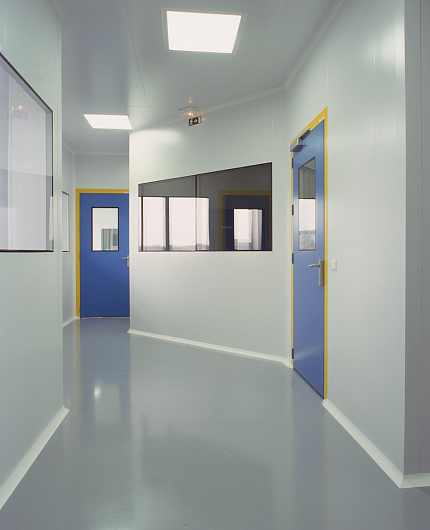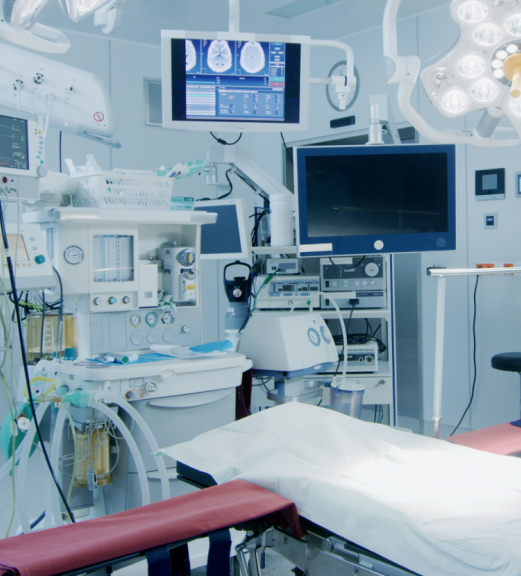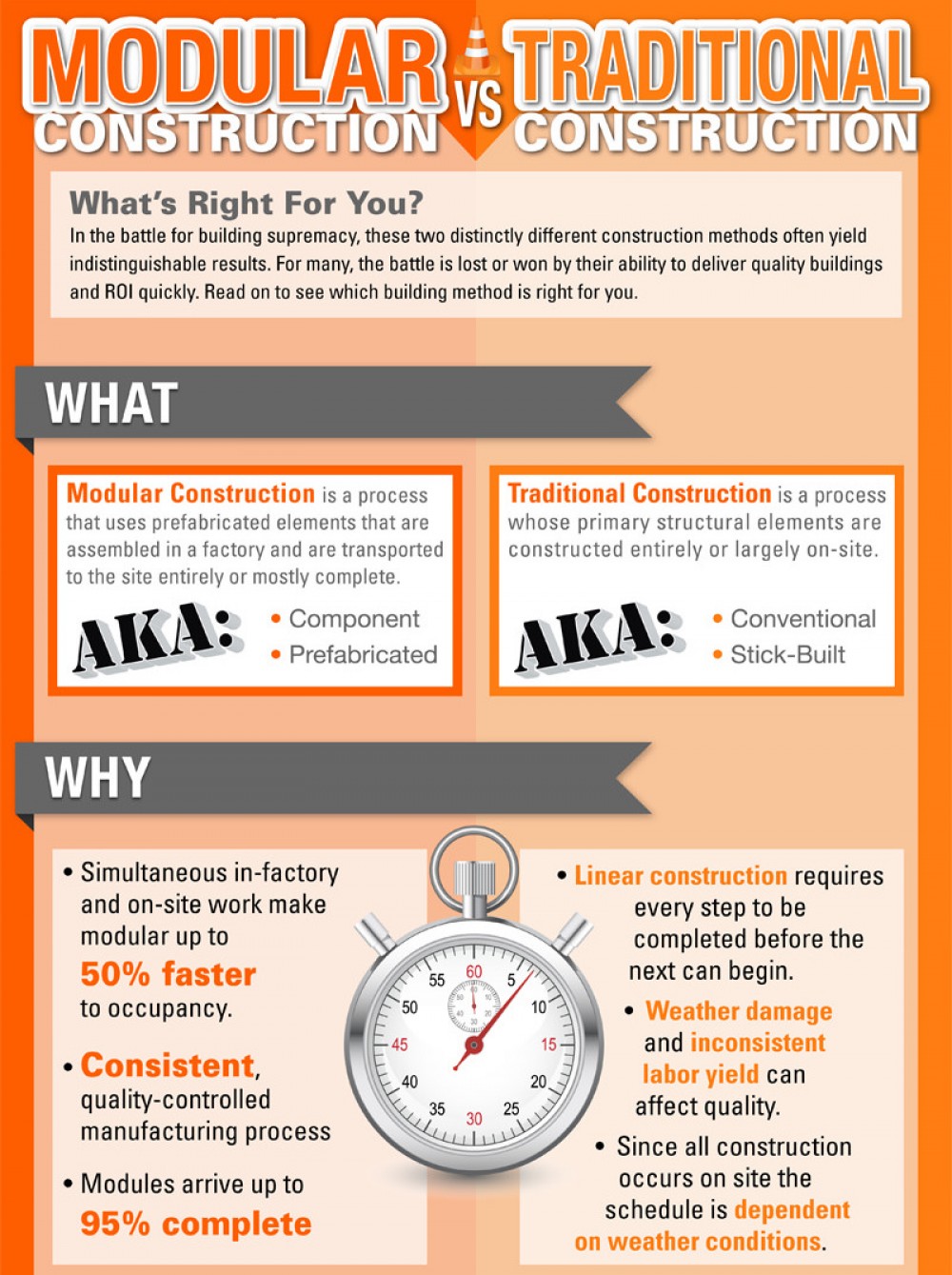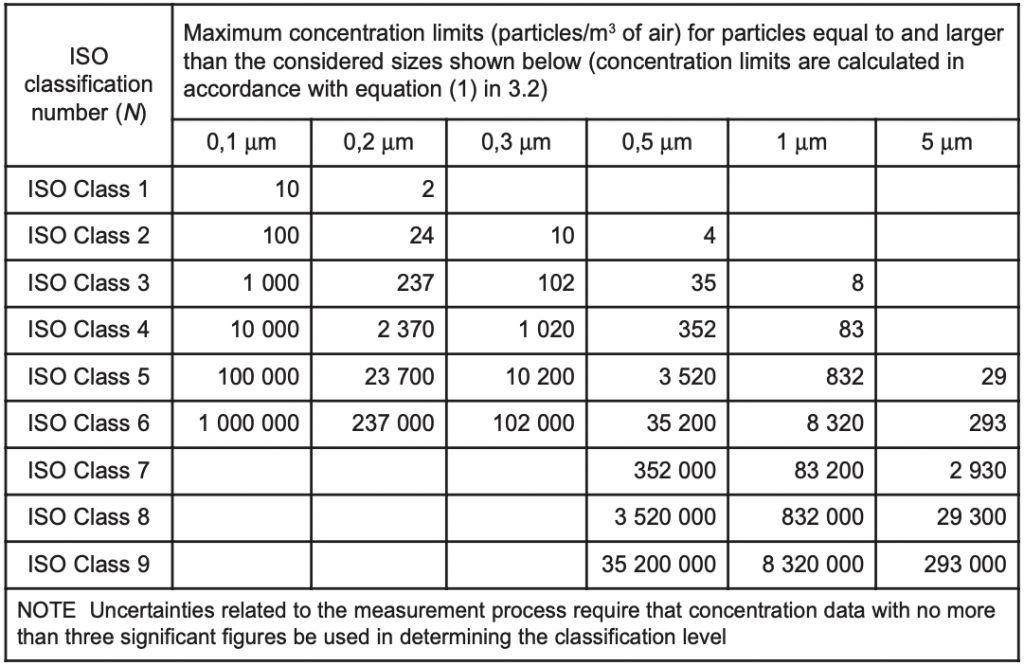Modular vs Structural?
One of the most significant differences in these building methods is time. Since modular construction can be done simultaneously in a factory and on-site, it can be completed up to 50% faster than traditional construction. This is especially appealing for commercial use since business owners begin to see a return on investment much sooner than with stick-built construction.
How can a building be built to last in such a short amount of time? Steps to ensure efficiency, durability, and dependability are the top priorities in modular builds, just as they are in traditional construction builds.
If you still have doubts regarding the process of modular vs. traditional construction, refer to this infographic that outlines the main differences between the two processes. The advantages of modular are evident when viewed through a side-by-side comparison.





